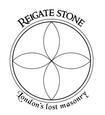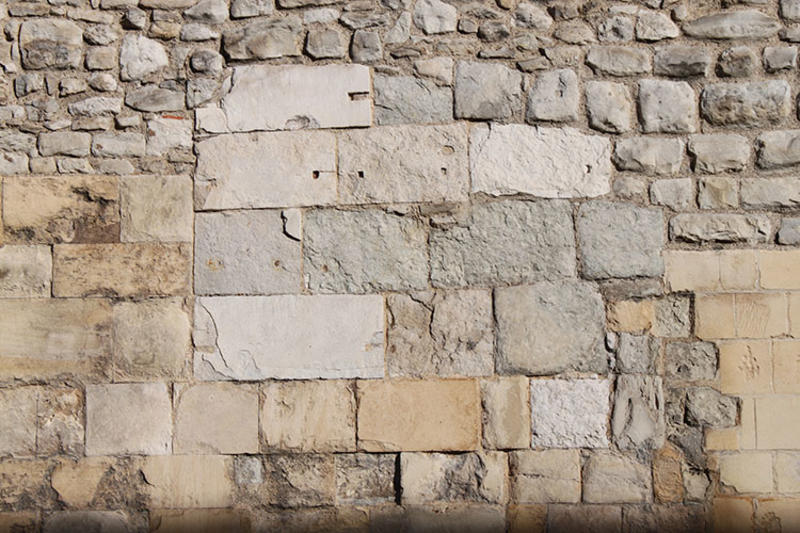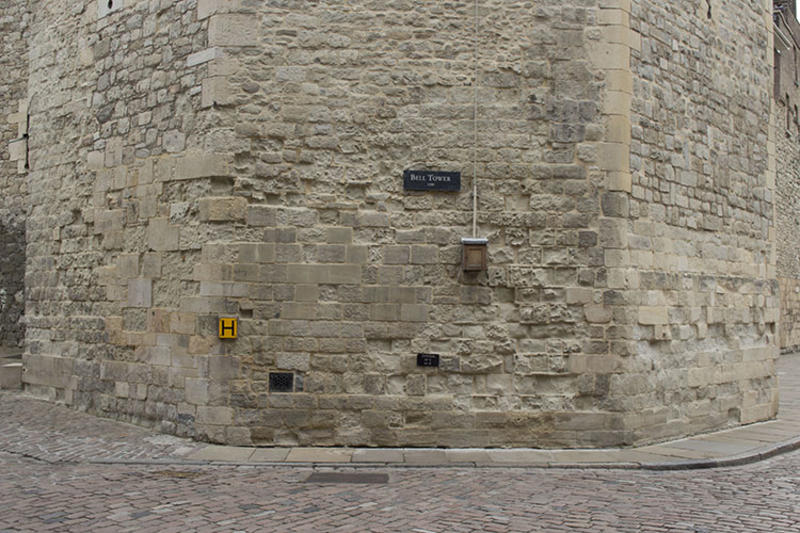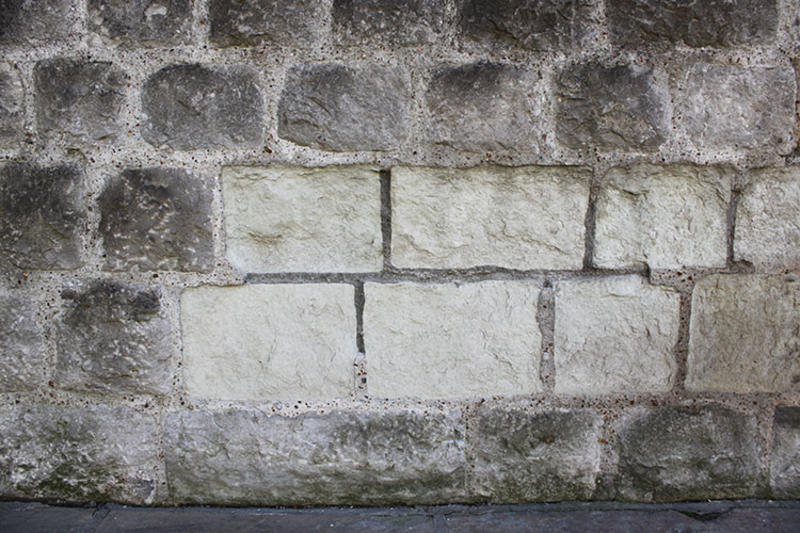Owing to its unique formation and broad mineralogical spectrum, Reigate Stone cannot technically be classified as a sandstone or a limestone. It can however be helpful to think of it as a very fine-grained calcareous or glauconitic sandstone. Typical features of Reigate Stone include:
- a pale grey or greenish grey colour,
- a very fine-grained surface with specks of mica that glisten under light (e.g. when raking torchlight across the surface),
- a low density, making it light to pick up,
- and poor cementation, making it powdery to touch.
However, a wide variety of stones were used in building and absence of any or all of these features does not mean a particular specimen is not Reigate Stone. Petrographic features should be considered alongside the architectural and historical context, as well as common decay patterns, when identifying Reigate Stone.






